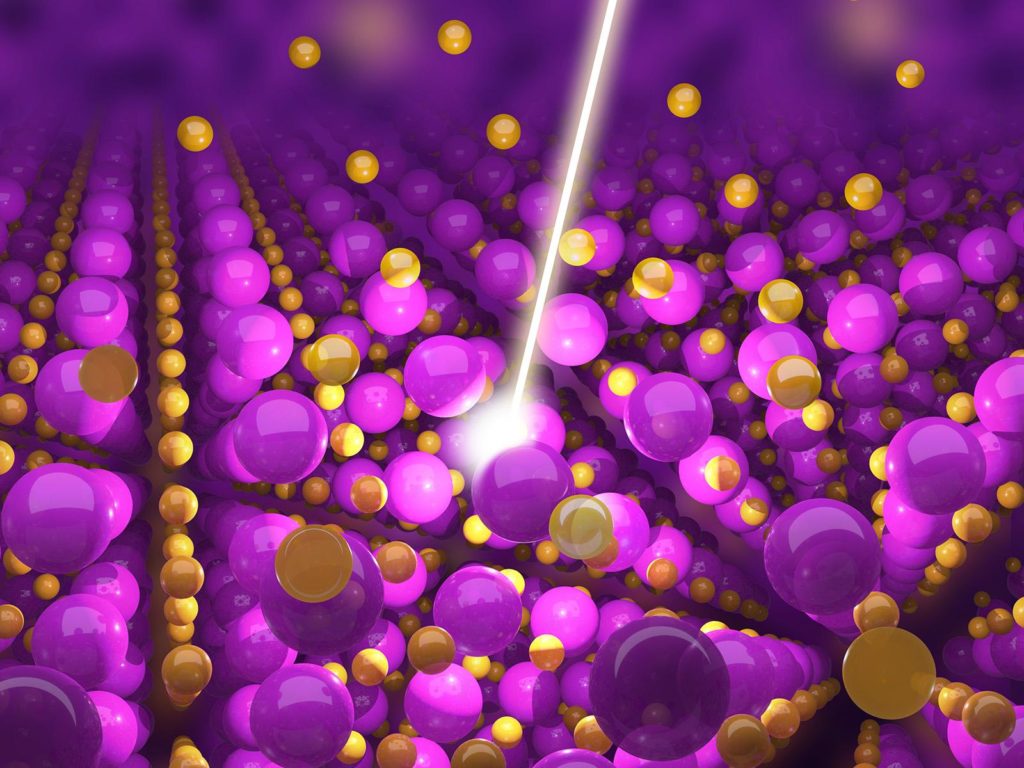
A team of researchers from the Pacific Northwest National Laboratory (PNNL), the Molecular Foundry, and the University of Chicago has developed a first-of-its-kind imaging approach to directly map the chemistry of a class of nuclear materials called actinides at the atomic level. The approach uncovered unique behavior that will help scientists improve the safety and performance of nuclear fuels.
Understanding the behavior of nuclear fuels is important for the operation of power plants around the world. Many fuels are based on the actinide oxide uranium dioxide (UO2), which undergoes complex reactions in air that can lead to early failure and unwanted contamination of waste storage sites.
As reported in the Proceedings of the National Academy of Sciences (PNAS) (DOI: 10.1073/pnas.1905056116), the team examined the surface of UO2 single crystals. When these crystals are exposed to air for extended periods, defects can form that degrade the integrity of the material. To date, most of the research on this system has been performed using X-ray techniques, which, while powerful, are limited in their ability to directly detect changes in the material’s structure and chemistry.
Using scanning transmission electron microscopy (STEM), the team looked at and imaged both pristine and aged UO2surfaces, revealing clear changes in just the top few nanometers of the material caused by air exposure.
Next, the team used the microscope’s electron energy loss spectrometer (EELS) to acquire the first atom-level chemical maps of uranium and probe the nanoscale oxygen environment in the material. By comparing these measurements to theory calculations, the researchers determined how extra oxygen atoms were trapped and distributed across the surface. Interestingly, they found that the UO2 crystal surface is able to accommodate an excessive amount of oxygen without changing its crystal structure, something that had been predicted but not previously directly observed.

